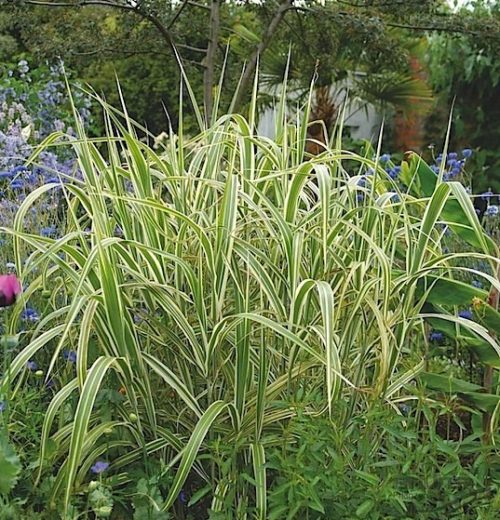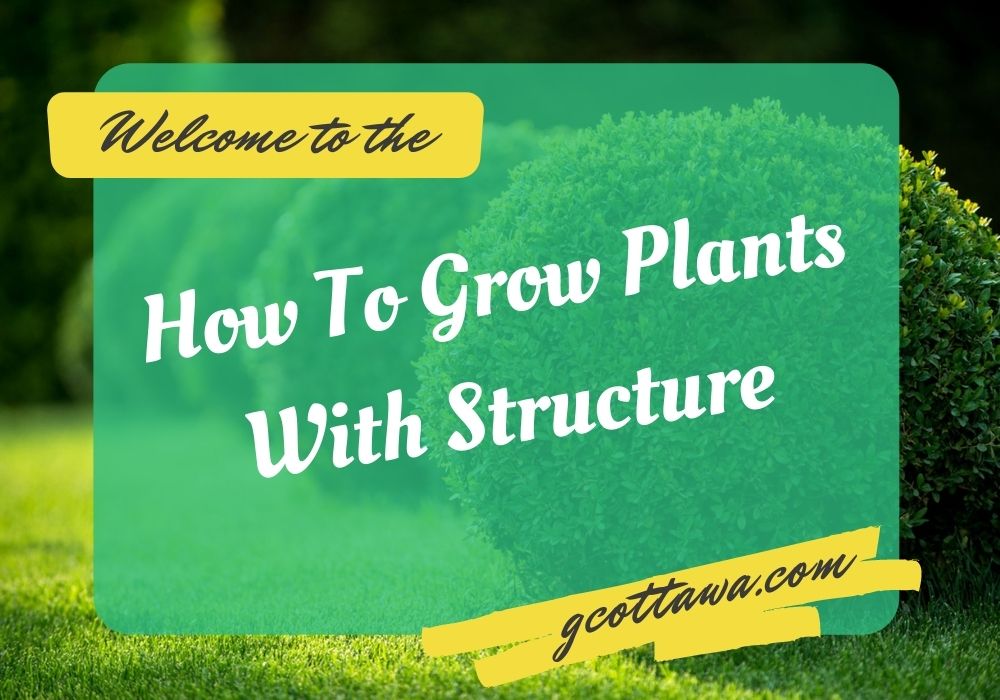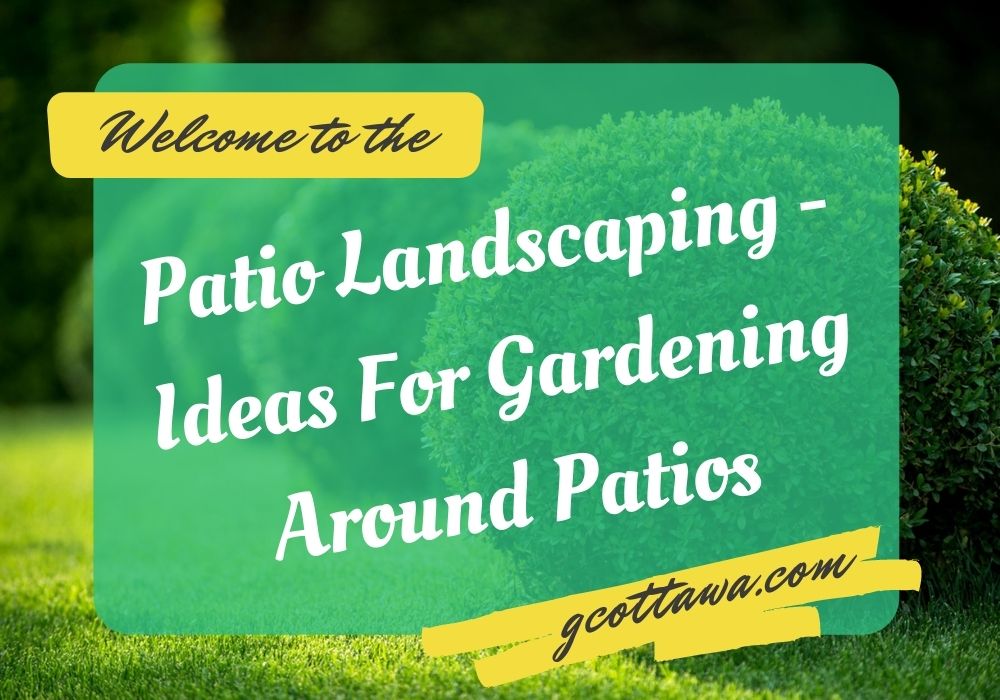The Best Landscape Maintenance And Designing Service!

Hello and welcome to our site!
If you need landscape maintenance and design services, you have to come to the right place. We can offer you the best experts in this industry.
Why Choose Us?
There are a lot of reasons why you should choose our services; however, we are going to name only a couple of them:
- We have the best teams in the landscaping industry.
- We know the latest trends!
- We have more than 95% of positive reviews.
- Our teams use the latest technology and tools when designing or maintaining your yard.
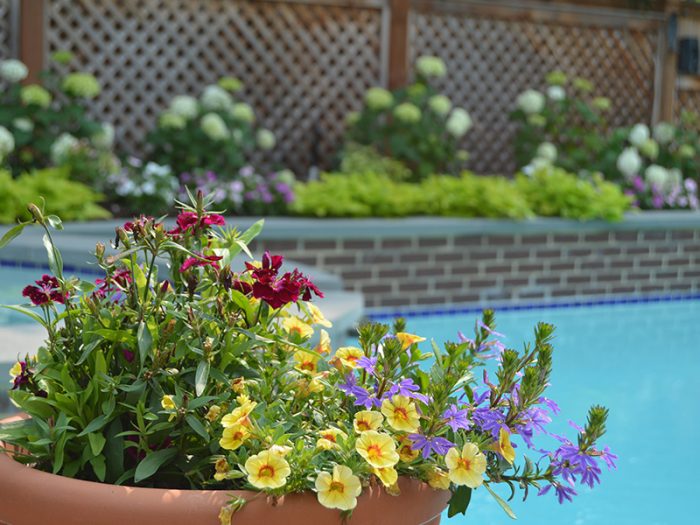
What We Offer
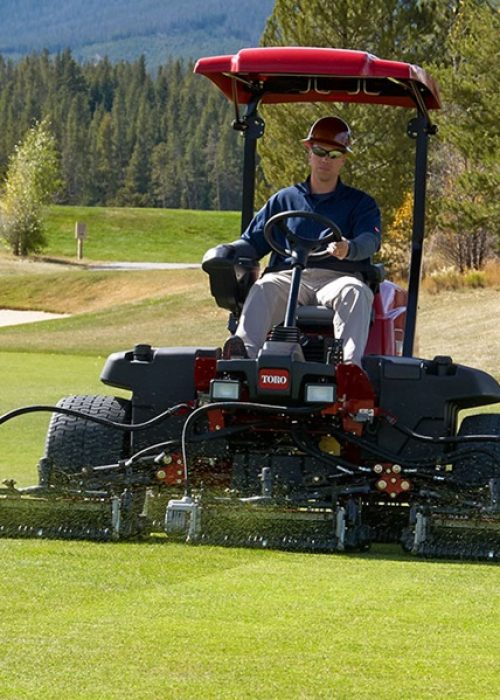
Grounds management
Whether you want to keep your areas clean or need pruning and mowing, we can make that happen. Our team of professionals wants to make sure that all your outdoor areas are presentable and neat, while the result is both practical and aesthetic.
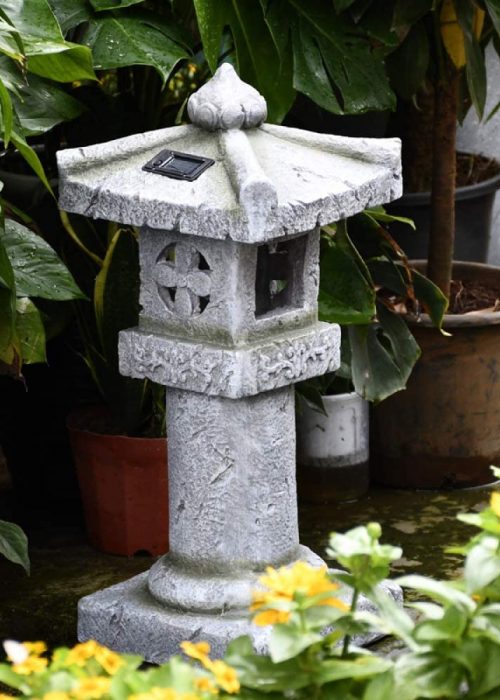
Seasonal décor
Our seasonal décor has three elements. It needs to be organized, healthy, and has a wow factor. Based on your wishes and demands, it will make your yard look spectacular, packed with vibrant colors, fragrances, and stylish ornaments.
Commercial property management
Our services aren’t only designed for residential objects. In fact, we equally focus on commercial properties as well. Anything from designing your landscape to maintain your grounds, our team of experts will ensure your property stays clean and presentable.

Commercial snow and ice management
Canada is notorious for its winters. Therefore, our company is offering complete snow removal service from your property, including ice removal and shoveling.
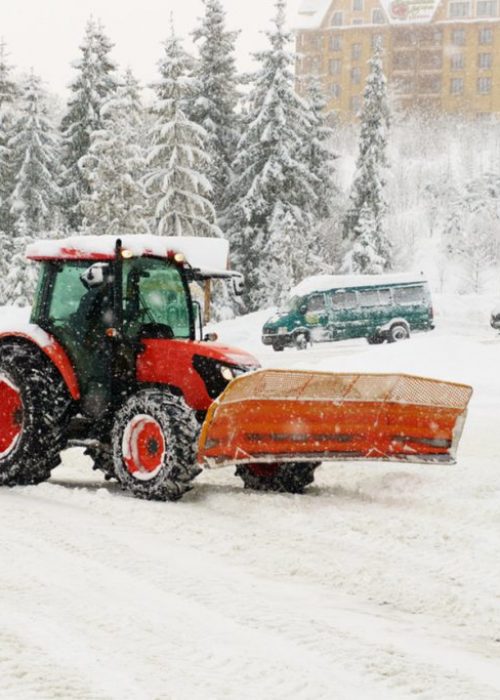
Enjoy the Best of Garden Creation
We look forward to help you get the best service possible.
Latest Posts
Sweet Grass in the Garden Landscape
Sweet Grass is a Sacred Plant that has been used by Indigenous Peoples for Thousands of Years.
It is known for its sweet, vanilla-like fragrance and its ability to promote a sense of peace and harmony.
What Is Sweet Grass?
Sweet grass, or Hierochloe odorata, is a tall, fine-bladed grass that grows in moist meadows and along streams in North America and Eurasia. It is also sometimes called vanilla grass or holy grass, and it is a member of the same family as wheat and barley.
Sweet grass has been used by Native American tribes for centuries, and it is regarded as a sacred plant with powerful spiritual properties. It is considered one of the four sacred plants, along with sage, cedar, and tobacco.
What Is Sweet Grass Used For?
Sweet grass is often used in smudging ceremonies, which are traditional practices of many indigenous cultures. During a smudging ceremony, sweet grass is burned as part of a ritual to purify and bless a space or an individual.
Sweet grass has also been used for a variety of medicinal purposes throughout history. It was believed to have healing properties for a variety of ailments, including headaches, menstrual cramps, and fever. It was also used to treat depression and other emotional issues.
Today, sweet grass is often used as a natural remedy for anxiety and stress. The plant’s sweet fragrance is believed to have a calming effect on the mind and body, making it a popular choice for aromatherapy and other relaxation practices.
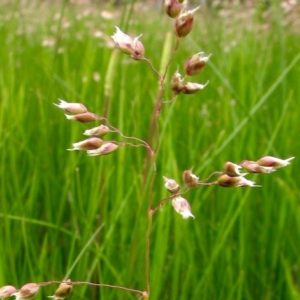
Where Can I Buy Sweet Grass?
If you’re looking to buy sweet grass, you may be able to find it at a local health food store or spiritual supply shop. However, it’s important to make sure you’re buying high-quality sweet grass that has been ethically sourced.
When purchasing sweet grass, look for a supplier that has a close relationship with the indigenous communities that harvest and weave the grass. This helps ensure that the plant is being harvested responsibly and that the communities involved are benefiting from the trade.
You can also find sweet grass online from reputable suppliers. Before making a purchase, be sure to read reviews and get recommendations to ensure you’re getting a quality product.
What Is Sweet Grass Good For?
In addition to its use in sacred ceremonies and as a natural remedy for stress and anxiety, sweet grass has a number of other potential benefits. For example, it may have antimicrobial properties, making it useful for disinfecting surfaces and treating minor cuts and bruises.
Sweet grass may also have insect repellent properties, making it a useful addition to natural bug spray or other insect-repelling products.
Additionally, sweet grass has a number of potential uses in cooking and crafting. It is sometimes used to flavor ice cream and other desserts, and it can be woven into baskets and other decorative items.
Final Thoughts
Sweet grass is a powerful plant with a rich cultural history and a number of potential benefits. Whether you’re using it in a sacred ceremony, as a natural remedy, or for cooking or crafting, it’s important to approach sweet grass with respect and understanding for its cultural significance. By doing so, you can take full advantage of the many benefits this remarkable plant has to offer.
How To Grow Plants With Structure?
If we were to discuss plants with structure, we could say they have the same purpose as a fireplace, a beautiful painting, or a window in your home. Architectural plants are focal points of your yard, and they are often snowy and big.
However, when they are small, they can be dramatic, stylish, and bold. Architectural plants can go a long way towards improving design flaws your garden may have. That’s why we have prepared a couple of tips that can help you boost your garden architecture and choose the right plants.
How to work with structural plants?
If you have a relatively large budget, start with large plants. Even though they are more expensive, mature plants offer instant style and form. Also, you should consider the plant’s eventual size and ensure it has enough space to grow; otherwise, you may have to remove it sometime in the future.
Keep in mind the size of your garden and avoid overcrowding if you are dealing with small spaces or choose structural plants for small gardens. Also, include some supporting plants that point out the primary structural plants, but keep the supporting plants to a minimum. If there are too many of them, they might distract the viewer’s attention.
Last but not least, consider why you need architectural plants. Select plants based on your climate, and ensure they have proper growing conditions, like enough water, soil, sunlight, and fertilizer.
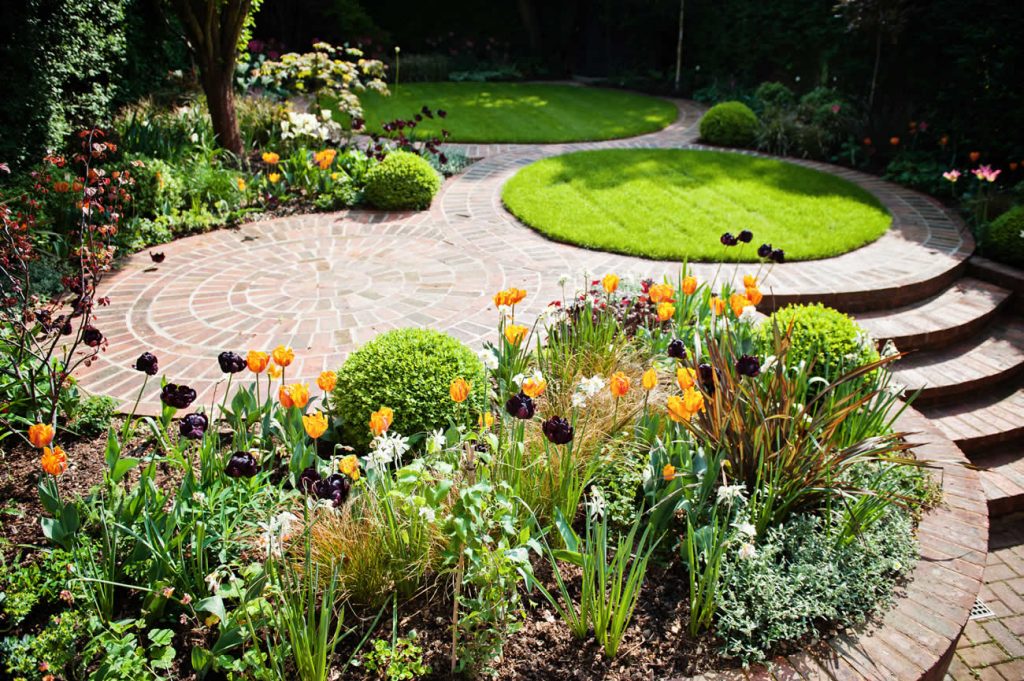
Quick planting tips
As we already mentioned, the size of the plant is an essential factor to consider. Some of these architectural trees and plants tend to grow quite big. So, make sure to plan enough space when they mature. The majority of these plants look great when they are planted with some distance between them.
Now comes sun exposure and soil requirements. For example, just because some plants may look great in your herb bed, it doesn’t mean they can handle the full day of sunlight. Don’t forget the primary plant care.
You also need to decide whether your architectural plant will be the star of your bed or yard. The more attention the plant draws, the more dramatic effect you create. In that case, keep the supporting plants at a minimum. On the other hand, if you want to create a more casual look but with a focal pop, add more texture and colors to your bed.
After some time, many people forget about trimming. However, you want your plants to look nice; they need proper trimming from time to time.
The most common structural plants to grow
There are so many plants that can offer a strong structural presence to your garden, from topicals and sedums to cactuses and palms. Of course, if you live in a zone that can support them, we strongly suggest looking into those types.
However, don’t skip perennials because they have a broader range and can withstand different climates. You aren’t limited like with the first category.
Now, let’s check some popular structural plants!
Yucca
This structural plant is great for any time of the year, and when in full bloom, they give a spectacular show. You will notice six feet high beautiful stalks of flowers that will last for weeks in June, offering your garden something special. Leaves can be variegated, red, or green, and all Yucca wants is plenty of sun and well-drained soil. However, they are drought resistant as well.
New Zealand Flax
Another beloved plant among gardeners, New Zealand Flax, is actually related to grass; it is perennial and prefers a milder climate. Orange and red leaves can grow up to 10 feet, but they are much smaller in areas with a colder climate. New Zealand Flax can be a stunning container plant in places where temperatures aren’t high.
Rodgersia
This is a large and tropical-looking plant that can reach 3-6 feet height and weight. Rodgersia loves to be in the shade and demands moisture and protection from the afternoon sun and wind. This plant can make a dramatic statement in any yard.
Giant Elephant Ear
Giant Elephant Ear is another large plant with tropical-looking leaves, while the plant structure can go to eight feet. This plant can be an excellent addition to any garden. It loves shade, water, and fertilizers.
Patio Landscaping – Ideas For Gardening Around Patios
Do you need an excuse to grow some beautiful plants and flowers? Or maybe you want a bit of privacy when you are outside relaxing on your patio? Patio landscaping can have a dual purpose, which means your outdoor space can be beautiful and relaxing.
However, patio landscaping can also be quite challenging if you don’t know what you are doing. A couple of carefully selected plants can make a significant difference.
Now, let’s check out a few ideas that will help you make your patio more beautiful.
Great ideas for patio garden

Invest in natural beauty
You don’t have to make a tropical island out of your patio. Instead, focus on simpler and smaller things. For instance, you can surround your outdoor space with small beds filled with flowers and shrubs. Then sit back and relax and enjoy this simple beauty. You can opt for planters and raised beds as well.
Go for greens
Did you know that an evergreen screen will not only provide you with privacy but ensure you have a green and lovely patio all year round? For this occasion, you can plant cedar, arborvitae, or Chinese juniper. Japanese garden juniper is another low-growing, beautiful shrub.
Shady landscaping around patio
If you want to accomplish a peaceful and cool atmosphere in your patio, make sure to fill beds with foliage plants. A lot of them include ferns and hosta and are ideal for those shady spots.
Motion and color
Ornamental grass is one of the best plants you could have on your patio. It offers you a feeling of privacy and a diverse range of colors all year round. You could also add purple fountain grass, autumn moor grass, blue oat grass, maiden grass, sheep grass, and ribbon grass to this mix.
Tropical garden
Now we come to a bit of a complicated part. First of all, if you want to have a tropical garden, you need to live in a warm climate because plants you intend to grow love high temperatures. In this case, look for plants that are bold in colors like coral, orange, yellow, red, or deep green. Some of the popular plants include celosia, New Zealand flax, a bird of paradise, sweet potato vine, elephant ear.
Herbs
If you love cooking, there is nothing better than growing culinary herbs on your patio. They are attractive, easy to grow, and don’t require a lot of care, but they do demand plenty of sunlight.
Choose the right tree
Big plants can cause big problems, and trees are the biggest landscape plants, so you need to consider a couple of things when planting trees.
For example, if you want to plant a shade tree in your patio, go for three at intermediate heights when reaching maturity. Also, don’t plant trees that have an aggressive root system and pick trees that are relatively easy to clean to minimize maintenance.
Japanese maples are trees of intermediate height and can be a good solution for your patio. Also, keep in mind that some plants are better or worse than others for growing near patios and septic tanks because of their root system.
Also, there is an issue whether these trees are messy and would you have to clean a lot. For instance, Eastern white pine is the messiest tree out there, and you will get pine pitch all over everything. On the other hand, we have Sunburst honey locust, which is relatively messy-free.
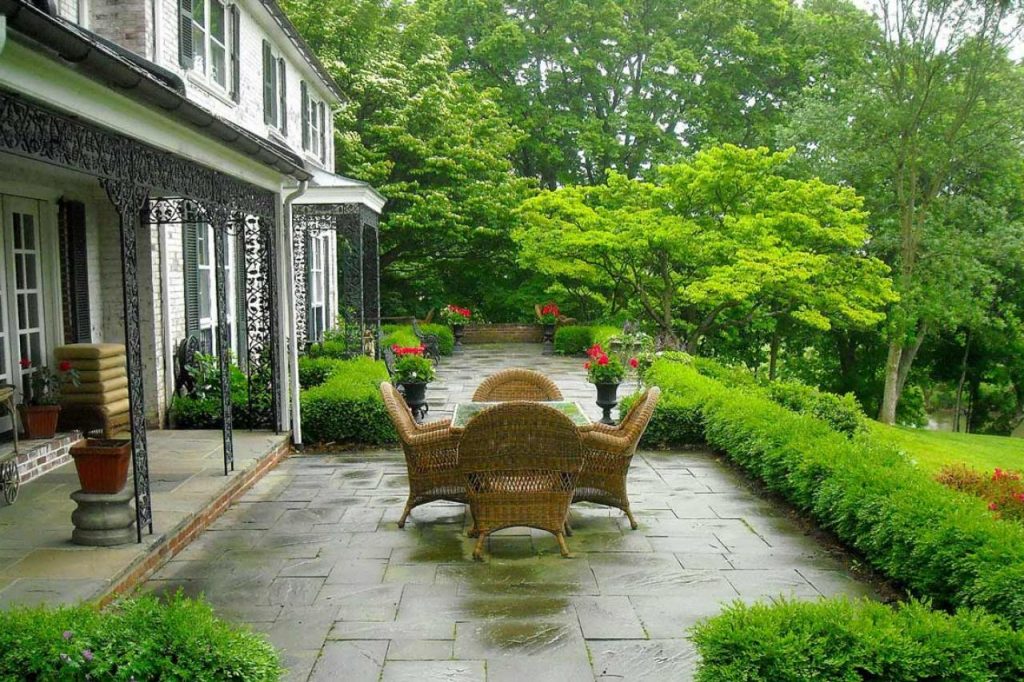
How to plant near patios?
When you are landscaping around deck and patio, there are a couple of things you need to consider:
Don’t plant thorny plants, especially if you have children and pets. Many people decide to plant agaves, but they don’t consider sharp tips that are like knives. You should remove spiny cacti from patios as well.
On the other hand, you should plant a jasmine tree and enjoy this fragrant plant near your patio. Its sweet aroma will make you open your windows on warm summer days.
Make sure to focus on plant size and avoid large plants that require a lot of maintenance. Also, solar lights are a fun way to add interest to your patio.

